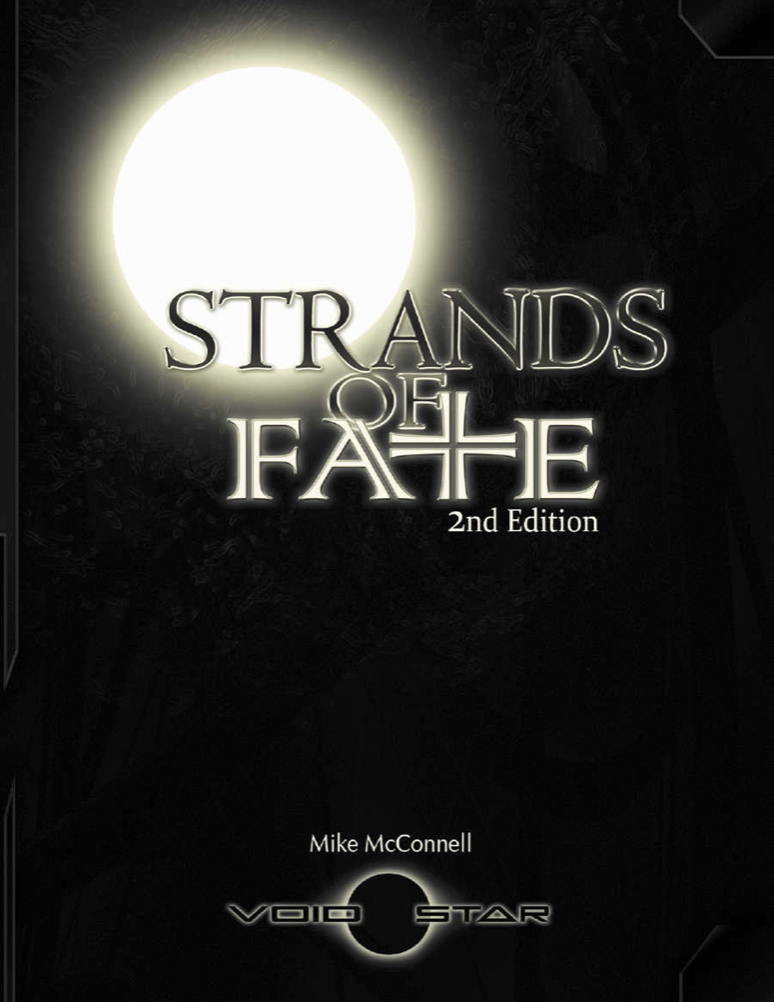In the time of Nova Praxis, computers are everywhere. Even the poorest apostate enclaves feature nearly ubiquitous computing. Yet, even as computers are everywhere, you’ll rarely notice them.
Gone are the keyboards and mice. Even touch screens and holographic displays are relics of a bygone era. Interaction with computer systems is done almost exclusively via augmented reality or virtual reality immersion.
Augmented Reality
Glasses, contact lenses, or retinal augmentations can allow the user to see computer generated data called augmented reality objects, or “ARO”s, overlaid upon the world around you. Those with a mindset have this data fed directly into their visual cortex.
This data can highlight interesting features in the user’s environment; feed them data about the people they meet, or display any other sort of information that might be relevant about the user’s location or surroundings.
Your AR system may adorn a blank wall with an ARO painting or window playing a video. A plain stone floor and empty room might appear to be a lush garden. Or your agent, normally a disembodied voice in your head, might walk along beside you.
When used as a computer interface, an ARO version of a keyboard or other type of interface device will appear before the user. He can’t actually feel the object of course, but the local mesh sensors track the movements of the user and translate them into input. So by typing on an ARO keyboard, the user can enter data into the system.
Alternatively, neural mapping systems can be worn that translate thoughts into computer input. These devices are usually just called ‘links”, and often take the form of small device clipped over the ear, a hat, or headdress. Like a mindset, a link allows the user to issue commands to a computer mentally. This technology makes other types of interface devices, real or ARO, unnecessary.
That said, neural links require a certain amount of focus. So interface devices (real or ARO) are still sometimes used in distracting or chaotic environments.
Virtualities
The possibilities of AR are vast, but it still depends on an element of the real world. Virtual environments, however, do not suffer that limitation.
Nicknamed the “Infinite Frontier”, virtual environments are incredibly popular. A special type of link, called an “ego channel”, hijacks signals in your brain and replaces them with a stream of virtual data. A mindset can perform this task as well.
Whether by ego channel or mindset, the end result is total immersion into a virtual world.
Virtualities range from the fantastic and strange to environments so realistic that they cannot be distinguished from the real world.
--------------------------------------------------------------------------------------------
Augmented reality is coming. As shown in a previous post, we're already making great strides in the use of this technology. In the next few years, it will become the standard way we interface with computer systems.
The video below is a demo video Google recently made for their Project Glass, a augmented reality display device similar to a pair of glasses.
Project Glass: One Day... (2:30)
Virtual reality, at least in the form of what I'd call "total submersion VR", is a bit farther out. But even now, we're are taking our first real steps toward linking the brain with a computer.
Here's a good example of where this technology currently stands:
The Emotive EEG System (13:47)
We still haven't made much progress in inserting digital data into the mind, but it's the next logical step after mastering how to extract it.








![Nova Praxis: Savage Worlds Edition [SW]](https://images.squarespace-cdn.com/content/v1/513f57ebe4b0970eaf232dec/1411429136405-VRGAKJO9SF6QPT34HM4E/image-asset.jpeg)

![Machinations: The Nova Praxis GM's Companion [FATE]](https://images.squarespace-cdn.com/content/v1/513f57ebe4b0970eaf232dec/1411429079131-BC5SAOV0KM9HTN3OZBH7/image-asset.jpeg)
![Nova Praxis [FATE]](https://images.squarespace-cdn.com/content/v1/513f57ebe4b0970eaf232dec/1367939683929-QNNP413OLYGL8M41WLW6/NP+Cover+-+Portrait.jpg)
![Nova Praxis Augmented PDF [FATE]](https://images.squarespace-cdn.com/content/v1/513f57ebe4b0970eaf232dec/1363875286527-YO2FZTE5UEEWDRCGJDEL/NP+Cover+-+Portrait.jpg)
![Nova Praxis GM Screen PDF [FATE]](https://images.squarespace-cdn.com/content/v1/513f57ebe4b0970eaf232dec/1364779338460-GU1F5C8859WT56TJP77X/GM+Screen+Cover.jpg)
![Strands of Fate [A FATE Core Rulebook]](https://images.squarespace-cdn.com/content/v1/513f57ebe4b0970eaf232dec/1363875325431-39PZH4IV53HBRVIUSZ22/Strands+of+Fate+Cover.jpg)
![Strands of Power {SoF Supplement]](https://images.squarespace-cdn.com/content/v1/513f57ebe4b0970eaf232dec/1363875360147-J8EQQ90ZOIEOBLSTIEPY/Strands+of+Power+3+1.jpg)
